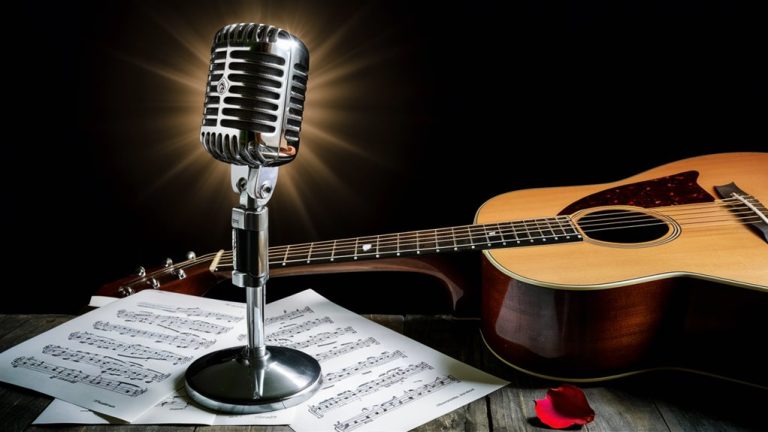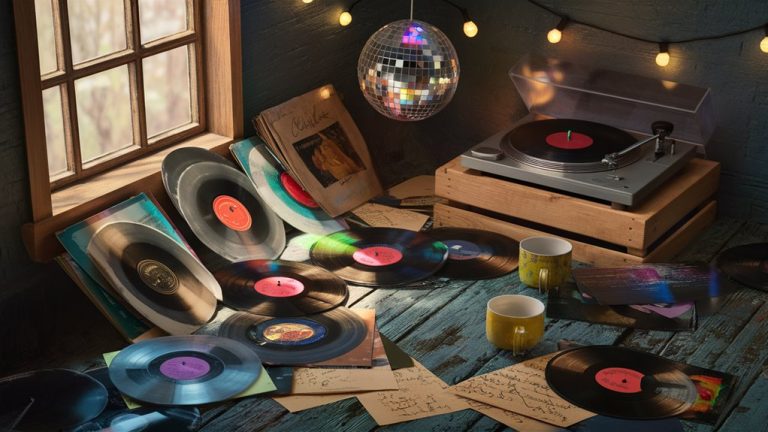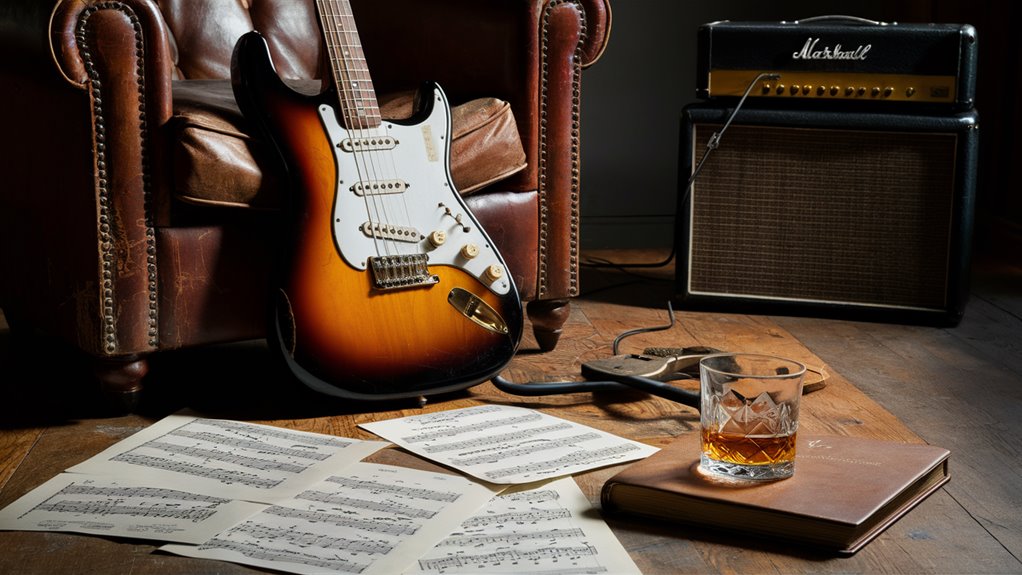
Rock Songs That Are Easy to Play
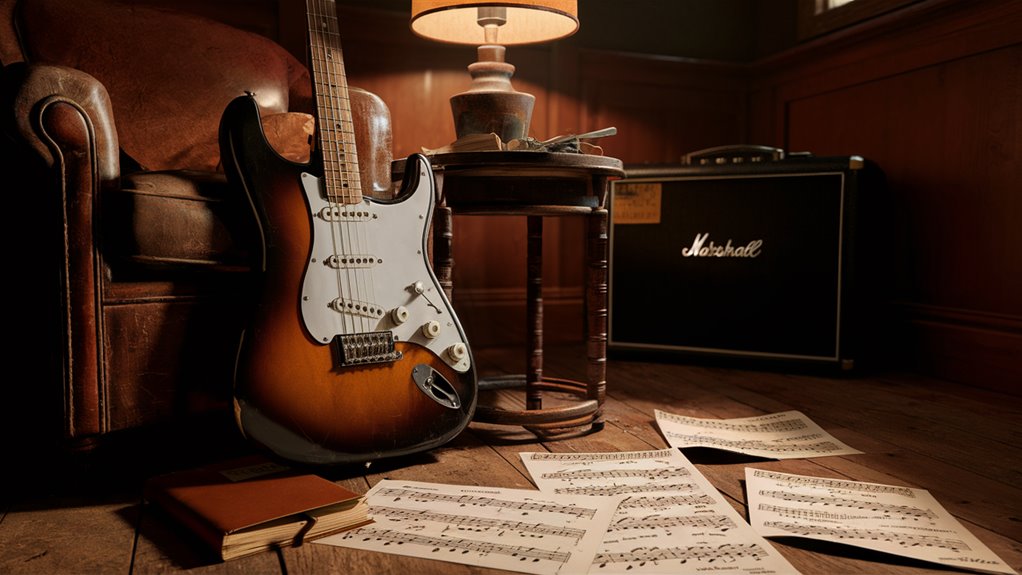
Learning Basic Rock Songs
Rock songs are key for guitar learning, but you don’t need to be very skilled to play them well. You just need to know a few basic parts that give these songs their deep feelings. 호치민 가라오케
Main Tricks and Steps
Start with key chords (like root-fifth) and use the I-IV-V steps at 70-80 BPM. These basic parts are in many rock songs and are a good start for new players. Simple chords like E, A, and D help you play well-known songs such as “Wanted Dead or Alive” and “More Than Words.”
Need-to-Know Playing Tricks
Using your palm to mute and moving between chords cleanly makes your playing sound more skilled. Use effect tools the right way:
- Chorus for adding depth
- Reverb to create a sense of space
- Delay to make it sound bigger
Going on to Well-known Songs
When you know these basics well, songs like “Dream On” and “Stairway to Heaven” are easy to get started with. Look at these known songs by their parts:
- Different chord styles
- Changing rhythms
- Shifting melodies
- Varying tones
Work on each part by itself before playing the whole song. Focus on playing smoothly, not fast, to bring out the deep feelings in the songs.
Starting in the Garage
Key Chords in Big Rock Songs
Early Rock Songs
In the late 1960s and early ’70s, many great rock songs started in garage bands.
These early songs had a strong sound as bands got good at key chords and basic steps through lots of practice.
The main I-IV-V steps were used in many rock hits from that time.
From Simple Gear to Big Sound
Famous songs like “Free Bird” and “Stairway to Heaven” began with simple practice in garages.
Early bands used simple gear – often just a Fender guitar with small amps, along with basic drums and borrowed bass guitars.
Using normal tuning and easy chords, these bands set the style before they had their own unique sound.
Making Big Rock Songs
As bands played more, they went from covering hit songs to creating their own rock songs.
They usually started with 4/4 timing and known chord styles, then added things like guitar solos and changes in speed.
This way of making music led to the real, deep sound that is known as classic rock songs.
Basic Chords and Steps
Getting Good with Rock Chords
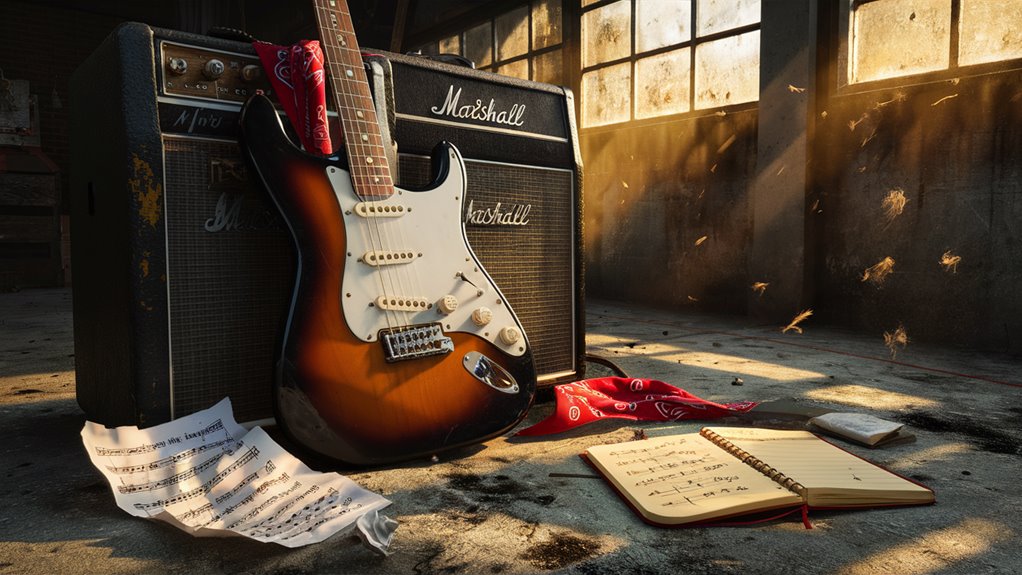
Key Chords in Rock
Key chords are a big part of rock music, giving songs a strong base for making tunes.
These two-note styles make the usual rock sound and keep things simple.
Common chord positions like E5, A5, and D5 let you move easily along the guitar.
Main Rock Steps
The best rock steps follow known patterns like I-IV-V and I-VI-IV-V.
These patterns are in songs like “Every Rose Has Its Thorn” and “More Than Words.”
Using smooth chord changes keeps the song’s feeling while making it not too hard. Good hand skills and muting the strings are key for a clean, skilled sound.
More Chord Tricks
To control the sound well, practice with a metronome at 70-80 BPM, working on neat chord changes.
Using palm muting and changing how hard you play turn simple steps into sounds that seem very skilled.
These key skills let musicians make strong rock song bases for a big sound. Getting good at moving between key chords sets you up for making and playing more complex rock songs.
Setting Up Your Song Base
Building Your Song Base: Must-know Parts for Rock Songs
Making the Right Rhythm Base
Rock songs need a solid base made from careful rhythm and tune choices.
The key is making a deep frame with right speed choices and chord steps.
Start with a normal 4/4 beat at 60-80 BPM – this slow pace makes room for deep feelings and letting the voice shine.
Chords and Picking the Right Tunes
The needed chord steps for songs usually follow the I-IV-V pattern in a clear key.
For deeper feelings, add the related minor (vi).
In G major this looks like:
- G (I) – Main chord
- C (IV) – Second main chord
- D (V) – Third main chord
- Em (vi) – Related small chord
Changing Up the Song Parts
Verse parts work well with picked patterns or soft strumming, using one chord at a time.
For chorus parts, use full strumming and add changing chords (like Gsus4, Dsus2) for more feeling.
Changing dynamics are key – start soft in the verse and build up through the pre-chorus for a big chorus end. How to Make Karaoke Fun for Your Special Day
